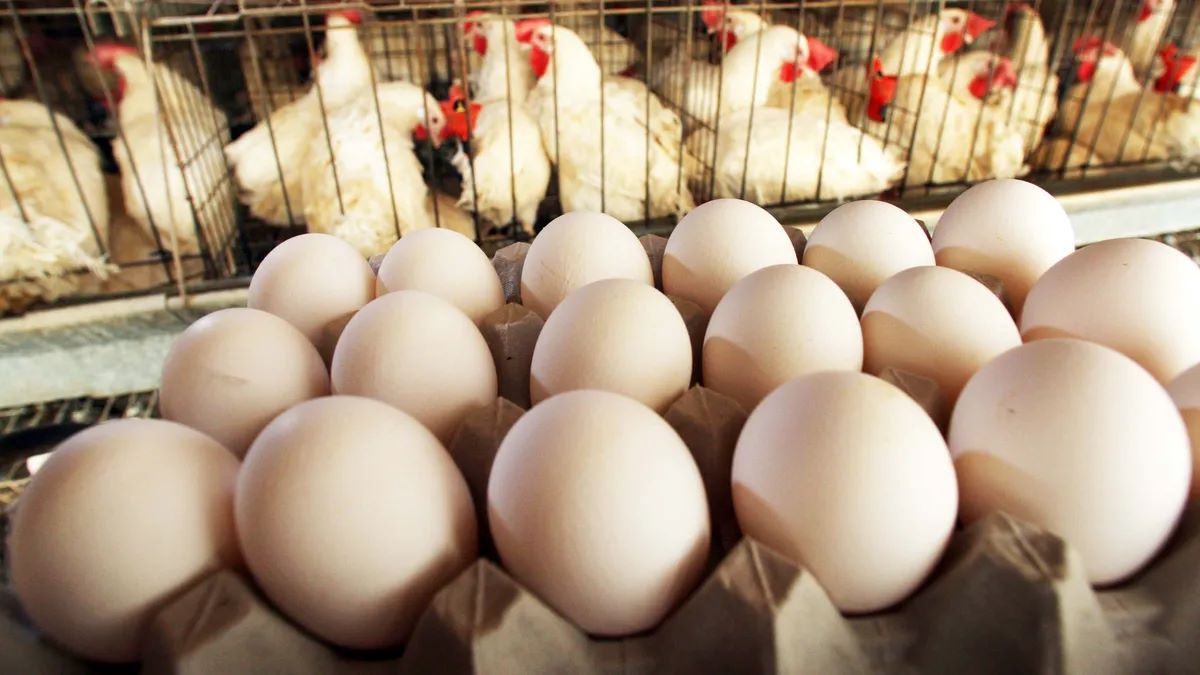

Articles
How To Store Fertilized Eggs For Eating
Modified: August 27, 2024
Learn how to store fertilized eggs for eating in this informative article. Find out the best methods to keep your eggs fresh and safe for consumption.
(Many of the links in this article redirect to a specific reviewed product. Your purchase of these products through affiliate links helps to generate commission for Storables.com, at no extra cost. Learn more)
Introduction
Storing fertilized eggs for eating is a common practice among poultry keepers and farmers who want to ensure a steady supply of fresh eggs throughout the year. Whether you have your own flock of chickens or purchase fertilized eggs, knowing how to store them properly is essential for maintaining their freshness and quality.
There are several reasons why people choose to store fertilized eggs. Some may want to hatch the eggs to raise their own chicks, while others may simply want to have a reliable source of fresh eggs on hand. Whatever the reason, proper storage techniques will help extend the shelf life of fertilized eggs and maintain their nutritional value.
In this article, we will explore the different methods of storing fertilized eggs, including refrigeration, room temperature storage, freezing, and the use of a water glass solution. We will also provide tips for checking the viability of stored eggs and offer suggestions for using them effectively in cooking and baking.
Whether you are a backyard chicken enthusiast or a farmer looking to maximize the potential of your flock, learning how to store fertilized eggs will ensure that you can enjoy delicious and nutritious eggs year-round. So, let’s dive into the details of this egg-storing adventure!
Key Takeaways:
- Properly storing fertilized eggs ensures a year-round supply of fresh, nutritious eggs for consumption or incubation. Methods include refrigeration, room temperature storage, freezing, and water glass solution.
- Selecting fresh, fertile eggs and following proper preparation and storage techniques are crucial for maintaining the quality and viability of stored fertilized eggs. Regular monitoring and careful usage in cooking and baking are essential for maximizing their benefits.
Read more: How To Store Fertilized Eggs
Reasons to Store Fertilized Eggs
There are numerous reasons why you may choose to store fertilized eggs. Understanding these reasons is crucial in determining the best storage method for your specific needs. Here are a few common scenarios where storing fertilized eggs becomes necessary:
1. Incubation: Many poultry keepers or breeders opt to store fertilized eggs for incubation. By storing the eggs properly, you can gather a batch to incubate later, ensuring a continuous supply of chicks throughout the year. This allows for better planning and timing, especially if you wish to hatch a large number of eggs at once.
2. Year-round Supply: If you have your own flock of chickens, you may be seeking a consistent supply of fresh eggs. Storing fertilized eggs can help bridge any gaps in egg production during periods of lower egg laying, such as in winter months or when your hens are molting. By storing fertilized eggs, you can maintain a steady supply of fresh eggs for your household.
3. Breeding Stock Preservation: If you have rare or valuable breeds of chickens, storing their fertilized eggs can serve as a way to preserve and protect the genetic diversity of those breeds. By carefully storing and incubating fertilized eggs from these breeds, you can ensure the continuation of these unique and sought-after chicken lines.
4. Transportation: If you have eggs that need to be transported over a long distance, storing fertilized eggs becomes necessary. Whether you’re sending eggs to other poultry keepers or participating in a poultry show, properly stored eggs have a higher chance of arriving undamaged and maintaining their viability.
5. Maximizing Freshness: Storing fertilized eggs can also help you make the most out of freshly laid eggs. If your chickens are laying more eggs than you can consume, storing the fertilized eggs properly will help extend their shelf life, ensuring that you can enjoy fresh and high-quality eggs for an extended period.
Now that you understand the various reasons for storing fertilized eggs, let’s delve into the methods and techniques for properly preparing and storing them to maintain their freshness and viability for as long as possible.
Selecting Fresh and Fertile Eggs
Before we delve into the different methods of storing fertilized eggs, it is crucial to understand how to select fresh and fertile eggs in the first place. Choosing the right eggs will ensure a higher likelihood of successful incubation and better-tasting eggs for consuming. Here are a few tips to keep in mind:
1. Collect Eggs Promptly: Be sure to collect eggs from the nesting boxes as soon as possible. The longer eggs sit in the nesting boxes, the greater the chance they will accumulate dirt, bacteria, or be subjected to temperature fluctuations, reducing their quality and viability.
2. Examine the Shell: Look for eggs with clean, intact shells. Avoid eggs with cracks, as they are more susceptible to bacterial contamination and may not hatch successfully. The shell should have a smooth, unblemished surface.
3. Candling: Candling is a technique where you hold an egg up to a bright light source to observe its contents. This method allows you to check if an egg is fertile and to detect any abnormalities such as blood rings, which indicate that the embryo has not developed properly. Fertile eggs will have a small dark spot called the blastoderm, which indicates the presence of a developing embryo.
4. Consider the Breed: Different chicken breeds have varying fertility rates. Some breeds are known to be more prolific layers, while others may have lower fertility rates. Do some research to understand the typical fertility rates of the breed you are working with.
5. Age of Eggs: Fresh eggs have a higher chance of successful hatching or prolonged storage. If you are planning to incubate the eggs, it is best to use eggs that are no older than seven days, as fertility decreases over time. For storing eggs for consumption, fresher eggs will have better flavor and texture.
By thoroughly examining and selecting fresh and fertile eggs, you are setting the stage for successful storage and, if desired, incubation. Knowing how to choose the right eggs is the first step towards ensuring the best possible outcomes. Now that you have selected the eggs, let’s explore the different methods of preparing and storing them for long-term use.
Preparing Eggs for Long-Term Storage
Before you embark on storing fertilized eggs, it’s important to properly prepare them to maximize their shelf life and maintain their quality. Follow these steps to ensure your eggs are ready for long-term storage:
1. Clean the Eggs: Gently wipe any dirt or debris off the surface of the eggs using a clean, damp cloth. Avoid washing the eggs as this can remove the natural protective coating called the bloom, which helps seal the pores and prevent bacteria from entering the eggshell.
2. Avoid Refrigeration Condensation: If you plan to refrigerate the eggs, allow them to come to room temperature before storing. This prevents the eggs from going into thermal shock, which can cause condensation to form on the shell, facilitating bacterial growth.
3. Labeling: It’s important to keep track of the age of the eggs and their breed if you’re storing multiple types. Mark the eggs with the collection date and any other relevant information using a non-toxic, food-grade marker or a pencil.
4. Inspect for Abnormalities: Before storing, inspect each egg for any cracks or abnormalities. Discard any eggs that have visible damage, as these will not store well and may contaminate the other eggs.
5. Avoid Washing: As mentioned earlier, it’s important not to wash the eggs unless they are excessively dirty. If you do need to wash them, use warm water and a mild, sanitizing detergent specifically formulated for eggs. Dry them thoroughly before storage.
By following these preparation steps, you are setting a solid foundation for successful long-term storage of your fertilized eggs. Now that the eggs are prepared, let’s explore the different methods you can use to store them based on your needs and available resources.
Storing Fertilized Eggs in the Refrigerator
One of the most common methods of storing fertilized eggs is in the refrigerator. This method helps to maintain the eggs’ freshness and extends their shelf life. Here’s a step-by-step guide on how to store fertilized eggs in the refrigerator:
1. Choose a Storage Container: Select a clean and food-safe container for storing your eggs. It could be a plastic or glass container with a lid or an egg carton specifically designed for refrigeration.
2. Arrange the Eggs: Place the eggs in the container with the pointed end down. This helps to keep the yolks centered, reducing the risk of them coming into contact with the shell, which can cause spoilage.
3. Temperature and Humidity: Store the eggs in the main compartment of the refrigerator rather than the door, as the temperature there tends to fluctuate more. The ideal temperature for storing fertilized eggs is between 35°F to 45°F (1.7°C to 7.2°C). Maintain a humidity level of around 70% to prevent moisture loss through the eggshell.
4. Avoid Odor Absorption: Store the eggs away from strong-smelling foods like onions or garlic to prevent the eggs from absorbing unwanted odors.
5. Turn the Eggs: If you plan to store the eggs for an extended period, it’s a good practice to turn them once or twice a week. This helps to prevent the yolk from settling on one side, which can cause dehydration or spoilage.
6. Label and Date: It’s important to label the container with the collection date to keep track of the age of the eggs. Use a food-safe marker or a label/sticker that can be easily removed.
7. Rotate Stock: When adding newly collected eggs to the storage container, place them at the back of the container and move the older eggs to the front. This way, you’ll use the oldest eggs first to ensure freshness.
By following these steps, you can store fertilized eggs in the refrigerator for up to 4-5 weeks while maintaining their quality. However, if you’re looking for a different storage method or need to store the eggs for a longer period, continue reading to explore other options.
Read more: How To Store Fertile Eggs Before Incubation
Storing Fertilized Eggs at Room Temperature
Another method of storing fertilized eggs is at room temperature. This approach is suitable for those who prefer not to refrigerate their eggs or have limited refrigerator space. However, it’s important to note that storing eggs at room temperature can reduce their shelf life compared to refrigeration. Here’s a step-by-step guide on how to store fertilized eggs at room temperature:
1. Choose a Suitable Location: Find a cool and dark spot in your home where the temperature remains relatively stable. Avoid areas with direct sunlight or near heat sources, as temperature fluctuations can accelerate spoilage.
2. Egg Storage Container: Use a clean and food-safe container specifically designed for egg storage, such as an egg tray or egg skelter. These containers help keep the eggs organized and protect them from damage.
3. Arrange the Eggs: Place the eggs in the container with the pointed end down, just like in the refrigerator storage method. This helps keep the yolks centered and maintains their freshness.
4. Temperature and Humidity: The ideal room temperature for storing fertilized eggs is around 55°F to 70°F (12.8°C to 21.1°C). It’s important to maintain a consistent temperature to prevent spoilage. Additionally, aim for a humidity level of around 70% to minimize moisture loss.
5. Avoid Odor Absorption: As with refrigeration, store the eggs away from strong-smelling foods to prevent them from absorbing unwanted odors.
6. Turn the Eggs: If you plan to store the eggs for an extended period, it’s advisable to rotate them once a week. This helps prevent the yolks from settling on one side, maintaining their quality.
7. Label and Date: Label the container with the collection date to keep track of the age of the eggs. You can use a food-safe marker or a removable label/sticker.
8. Rotate Stock: Similar to the refrigerator storage method, when adding newly collected eggs to the storage container, place them at the back and move the older eggs to the front. This ensures that you consume the oldest eggs first.
It’s important to note that eggs stored at room temperature have a shorter shelf life compared to refrigerated eggs. Typically, fertilized eggs can be stored at room temperature for around 1-2 weeks. Regularly check the eggs for any signs of spoilage and use them promptly. If you need to store the eggs for a longer period, consider alternative methods such as freezing or using a water glass solution, which we will explore in the upcoming sections.
Store fertilized eggs for eating by keeping them in a cool, dry place, such as the refrigerator. Make sure to use them within 1-2 weeks for the best quality and taste.
Freezing Fertilized Eggs
Freezing is a popular method for long-term storage of fertilized eggs. It allows you to preserve the eggs for several months while maintaining their quality. Freezing is particularly useful when you have an abundance of eggs and want to extend their usability. Here’s a step-by-step guide on how to freeze fertilized eggs:
1. Crack and Beat: Start by cracking the eggs into a bowl and gently beat them until the yolks and whites are well combined. Be sure not to aerate the mixture too much, as excessive air can cause them to become grainy when thawed.
2. Transfer to Freezer-Safe Containers: Pour the beaten eggs into freezer-safe containers such as ice cube trays or muffin tins. Leave a little space at the top of each compartment to accommodate expansion during freezing.
3. Label and Date: Label the containers with the collection date and the number of eggs used. This will help you keep track of freshness and ensure you use the oldest eggs first.
4. Seal the Containers: Cover the containers tightly with plastic wrap or use freezer-safe lids to prevent freezer burn and protect against odors from other foods in the freezer.
5. Freeze: Place the containers in the freezer, ensuring they are on a flat surface to prevent any spills or leaks. Keep them in the coldest part of the freezer, such as the back or bottom shelf.
6. Thawing: When you’re ready to use the frozen eggs, transfer them to the refrigerator to thaw overnight. Avoid thawing at room temperature, as this can increase the risk of bacterial growth.
7. Usage: Thawed frozen eggs can be used in most recipes that call for eggs, such as scrambling, baking, or making omelets. However, keep in mind that the texture may be slightly different from fresh eggs, so it’s best to test a small amount before using them in large quantities.
By following these steps, you can freeze fertilized eggs and extend their shelf life for up to several months. Freezing allows you to store surplus eggs during periods of high production or to have eggs readily available when needed. If freezing is not ideal for your situation, another method to consider is using a water glass solution, which we will explore next.
Storing Fertilized Eggs in Water Glass Solution
Storing fertilized eggs in a water glass solution, also known as sodium silicate solution, is an age-old method that has been used for centuries. This method creates a protective barrier around the eggs, helping to preserve their freshness and extend their shelf life. Here’s a step-by-step guide on how to store fertilized eggs in a water glass solution:
1. Prepare the Solution: Purchase food-grade sodium silicate solution from a reputable source or make your own. To make your own solution, mix 11½ cups of water with 2 cups of sodium silicate. Stir the solution until the sodium silicate is fully dissolved.
2. Clean and Sterilize: Clean and sterilize a large, food-grade container that can accommodate the number of eggs you wish to store. Glass, crocks, or food-grade plastic containers with tight-fitting lids are suitable options.
3. Submerge the Eggs: Place the clean, unwashed fertilized eggs carefully into the container. Pour the prepared water glass solution over the eggs, ensuring they are completely submerged. The solution should cover the eggs by about 1 inch.
4. Seal the Container: Securely seal the container with the lid to prevent air and bacteria from entering. Label the container with the collection date and the number of eggs stored.
5. Storage Location: Store the container in a cool, dark place where the temperature remains relatively stable. Aim for a temperature of around 45°F to 55°F (7°C to 13°C). This could be a root cellar, basement, or another suitable storage area.
6. Egg Retrieval: When you need to use the stored eggs, remove them from the solution with clean hands. Rinse them under running water to remove any residue and prepare them as desired.
It’s important to note that water glass solution storage is not recommended for hatching eggs. This method is more suitable for consumption purposes. Additionally, the water glass solution will penetrate the eggshell, making it unsuitable for boiled eggs or recipes that require intact eggshells.
By following these steps, you can successfully store fertilized eggs in a water glass solution, providing you with an alternative method for long-term storage. Monitor the eggs regularly and discard any that show signs of spoilage or abnormalities. Enjoy the convenience of having fresh eggs available even during seasons of reduced egg production from your flock!
Checking the Viability of Stored Fertilized Eggs
When storing fertilized eggs, it’s important to periodically check their viability to ensure that they are still suitable for incubation or consumption. Here are a few methods you can use to assess the viability of stored fertilized eggs:
1. Candling: Candling is a technique that involves shining a bright light through the egg to check for signs of life. Hold the egg up to a bright light source, such as a flashlight or candling lamp, and observe its contents. Look for the presence of a dark spot (known as the blastoderm) that indicates the development of an embryo. If you see a well-defined dark spot or a network of blood vessels, the egg is likely viable. On the other hand, if the egg appears clear or shows no signs of development, it is likely not viable.
2. Float Test: The float test is another method to determine the freshness and viability of stored fertilized eggs. Fill a bowl with water and gently place the egg in it. If the egg sinks to the bottom and lies horizontally, it is likely fresh and viable. If the egg stands on one end but remains submerged, it is still safe to consume but may not be suitable for incubation. However, if the egg floats to the top, it is best to discard it, as it is no longer viable.
3. Nose Test: While candling and the float test assess viability indirectly, the nose test can give you a direct indication of the freshness and quality of stored fertilized eggs. Crack the egg open and carefully sniff it. A fresh and viable egg will have a mild or neutral odor. If the egg smells sour, rotten, or unpleasant, it is best to discard it.
It’s important to note that eggs stored for extended periods may experience a decrease in viability, especially if stored under suboptimal conditions. The methods mentioned above are not foolproof and may not guarantee successful incubation or optimal taste. However, they can provide you with a general idea of the egg’s viability and suitability for consumption.
Regularly check the stored fertilized eggs using one or a combination of these methods to ensure that you are utilizing viable eggs for your intended purpose. With proper storage and regular assessment, you can maximize the potential of your stored fertilized eggs and enjoy the benefits of fresh and healthy eggs throughout the year.
Read more: How To Store Egg
Tips for Using Stored Fertilized Eggs
When it comes to using stored fertilized eggs, there are a few tips and considerations to keep in mind to make the most out of your stored eggs. Follow these tips to ensure the best results:
1. Thoroughly Thaw Frozen Eggs: If you’re using frozen fertilized eggs, allow them to thaw completely in the refrigerator before using. This will ensure that the eggs can be incorporated smoothly into your recipes without any lumps or texture issues.
2. Test for Freshness: Regardless of the storage method, always test the freshness of stored fertilized eggs before using them. This can be done by using the float test mentioned earlier or cracking the egg open and inspecting its smell, color, and texture. Using fresh and uncontaminated eggs is essential for both taste and health reasons.
3. Adjust for Consistency: Stored eggs may have slightly different moisture content compared to fresh eggs. When using stored fertilized eggs in recipes, you may need to make minor adjustments to achieve the desired consistency. For example, adding a bit more liquid to a batter or adjusting the cooking time may be necessary.
4. Start with Small Batches: If you’re uncertain about the quality or freshness of your stored fertilized eggs, it’s a good idea to start with small batches in recipes. This way, you can evaluate the results before using a large quantity of stored eggs.
5. Use in Cooking and Baking: Stored fertilized eggs can be used in a wide variety of cooking and baking applications. They are suitable for making omelets, scrambled eggs, custards, quiches, cakes, cookies, and more. However, keep in mind that the texture of stored eggs may differ slightly from fresh eggs, so it’s advisable to do a test run with a small amount first.
6. Separate Yolks and Whites: If a recipe calls for separating the yolks and whites, consider doing so with fresh eggs rather than stored fertilized eggs. Separating stored eggs can be more difficult due to a potential decrease in freshness and the risk of eggs breaking during the process.
7. Experiment with Different Recipes: Stored fertilized eggs can be a great opportunity to explore new recipes and culinary creations. Take advantage of the eggs you have in storage to try out new dishes and experiment with different flavors and techniques.
Remember, the quality and taste of stored fertilized eggs may vary depending on the storage method, duration, and overall freshness. It’s always a good idea to closely monitor and evaluate the eggs during storage to ensure they are still suitable for consumption or incubation.
By following these tips, you can effectively use your stored fertilized eggs, making the most out of your poultry efforts and enjoying the delicious and nutritious benefits of fresh eggs throughout the year!
Conclusion
Storing fertilized eggs for eating or incubation is a valuable practice for poultry keepers and farmers alike. By implementing proper storage techniques, you can extend the shelf life, maintain freshness, and maximize the usability of your eggs. Whether you choose to store eggs in the refrigerator, at room temperature, freeze them, or use a water glass solution, each method offers its own advantages and considerations.
Throughout this article, we’ve discussed the reasons for storing fertilized eggs, selecting fresh and fertile eggs, preparing them for storage, and various storage methods. We’ve explored storing eggs in the refrigerator, at room temperature, freezing them, and using a water glass solution. Additionally, we’ve provided tips for checking the viability of stored eggs and maximizing their usage in cooking and baking.
Remember, proper hygiene, cleanliness, and regular monitoring are vital when storing fertilized eggs. It’s important to follow the recommended storage guidelines, regularly check for freshness, and discard any eggs that show signs of spoilage or are no longer viable for incubation.
Whether you’re a backyard chicken enthusiast, a farmer looking to optimize your flock’s productivity, or simply someone who prefers a constant supply of fresh eggs, knowing how to store fertilized eggs is an essential skill. With careful storage and attention to freshness, you can enjoy the benefits of delicious, nutritious eggs year-round.
So, take the knowledge and techniques shared in this article and put them into practice. Explore different storage methods, experiment with recipes, and enjoy the convenience and satisfaction of having your own store of fresh eggs from your poultry endeavors. Happy egg storing and bon appétit!
Frequently Asked Questions about How To Store Fertilized Eggs For Eating
Was this page helpful?
At Storables.com, we guarantee accurate and reliable information. Our content, validated by Expert Board Contributors, is crafted following stringent Editorial Policies. We're committed to providing you with well-researched, expert-backed insights for all your informational needs.
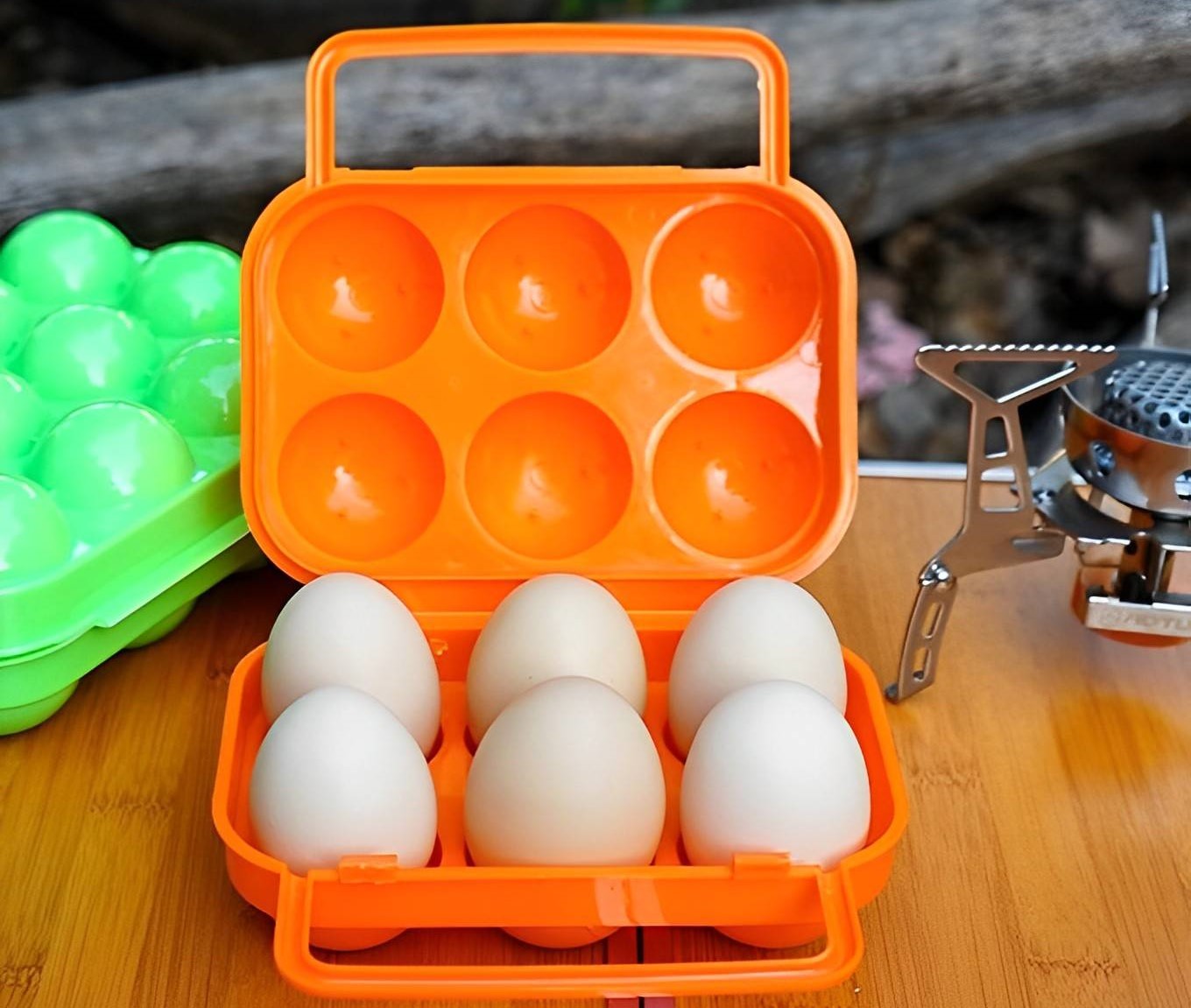

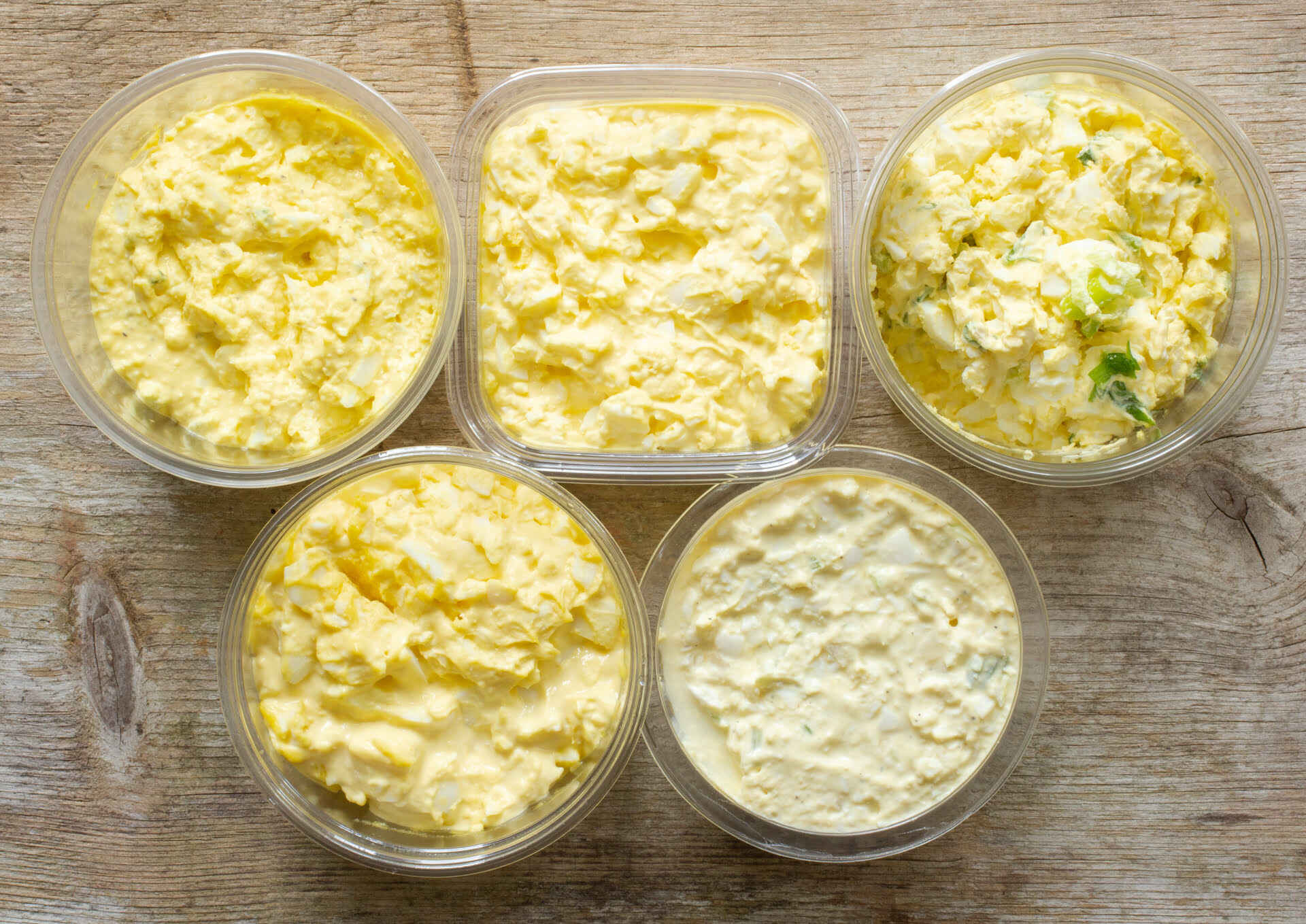
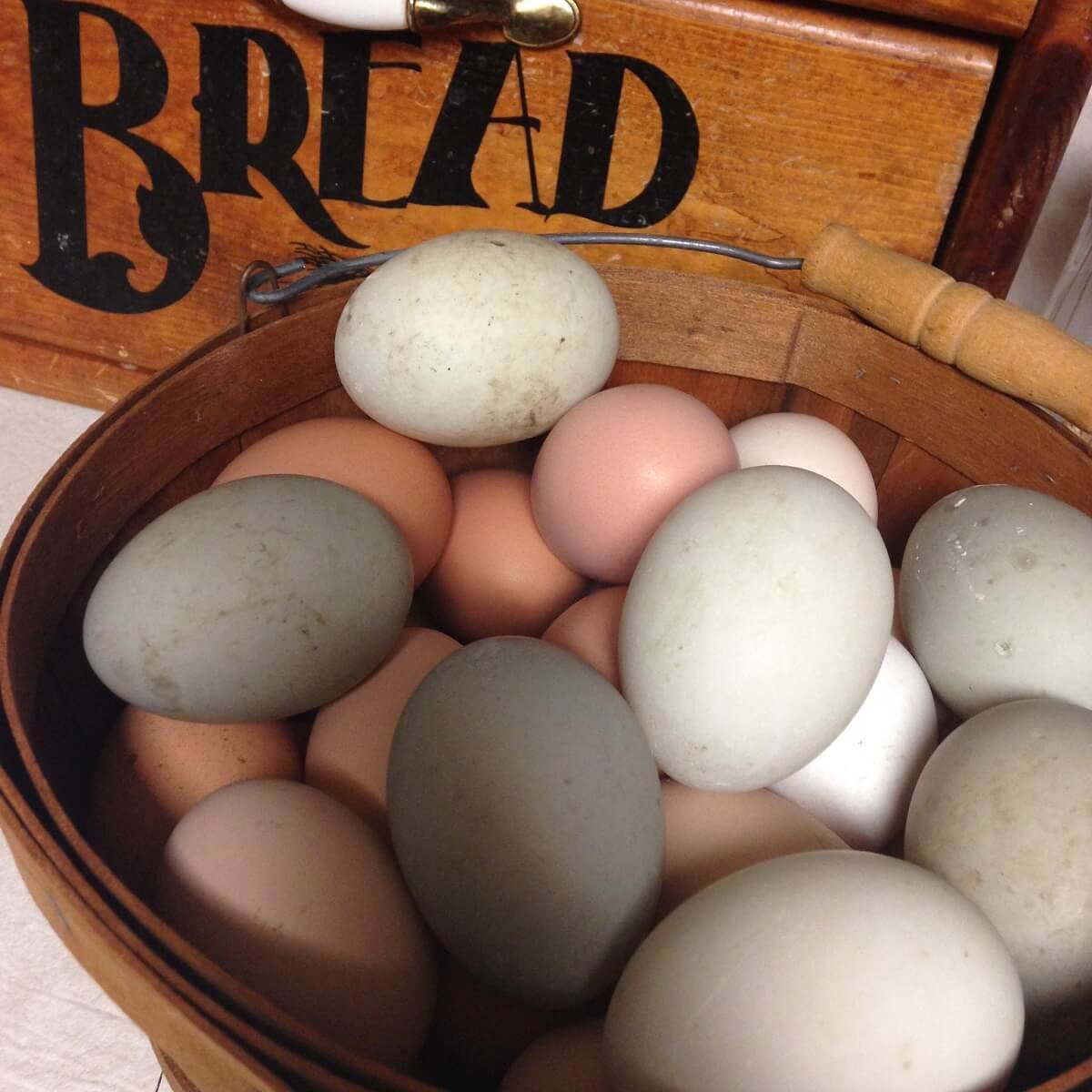

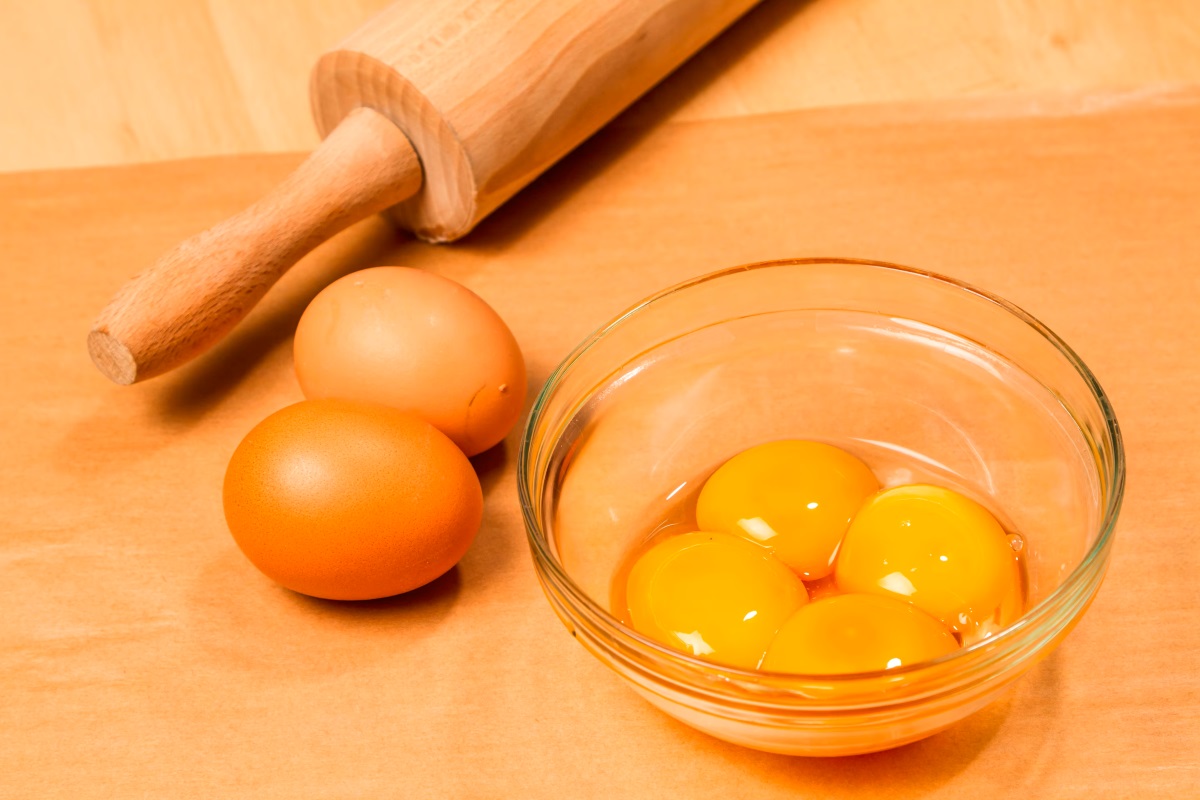
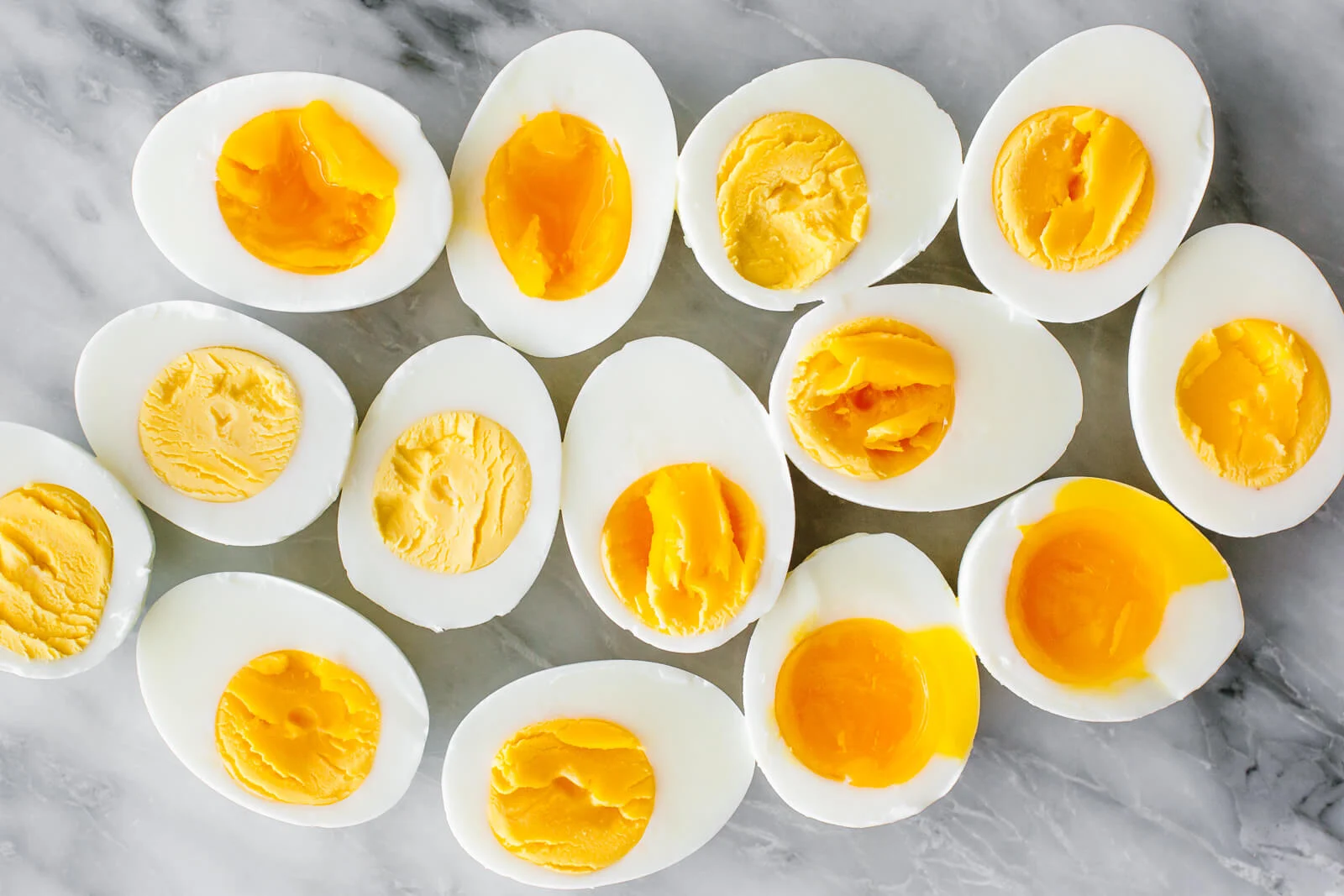
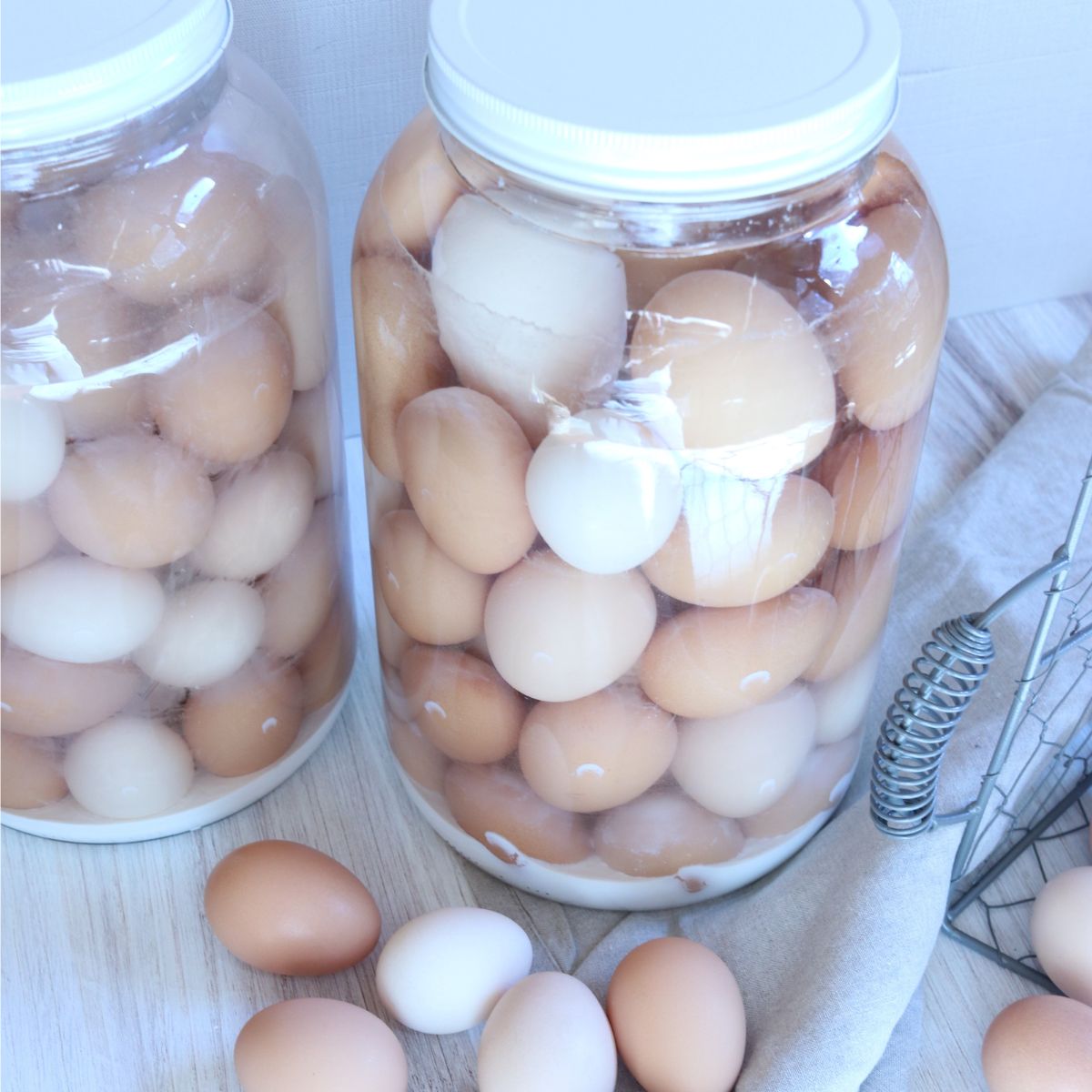
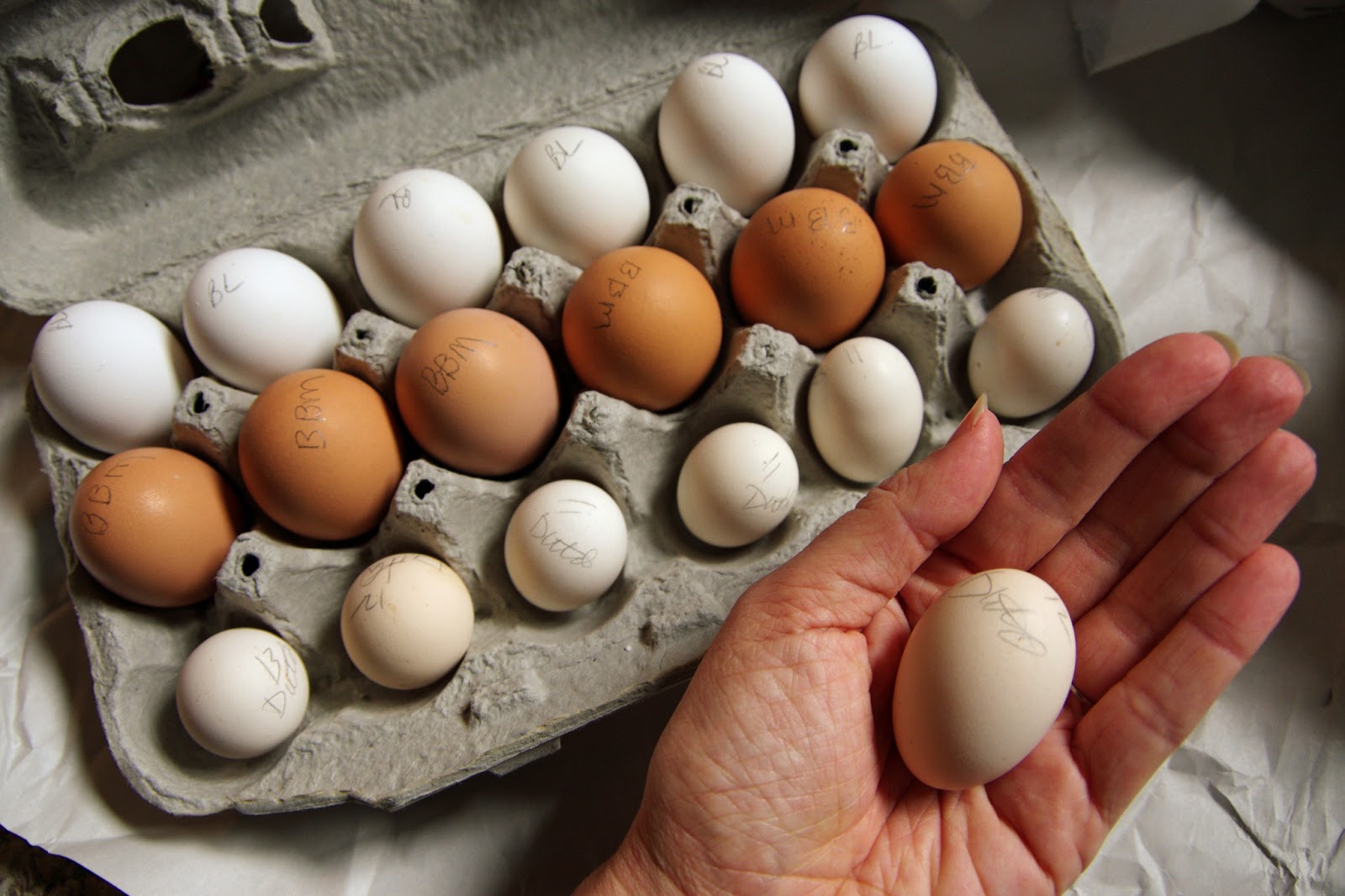

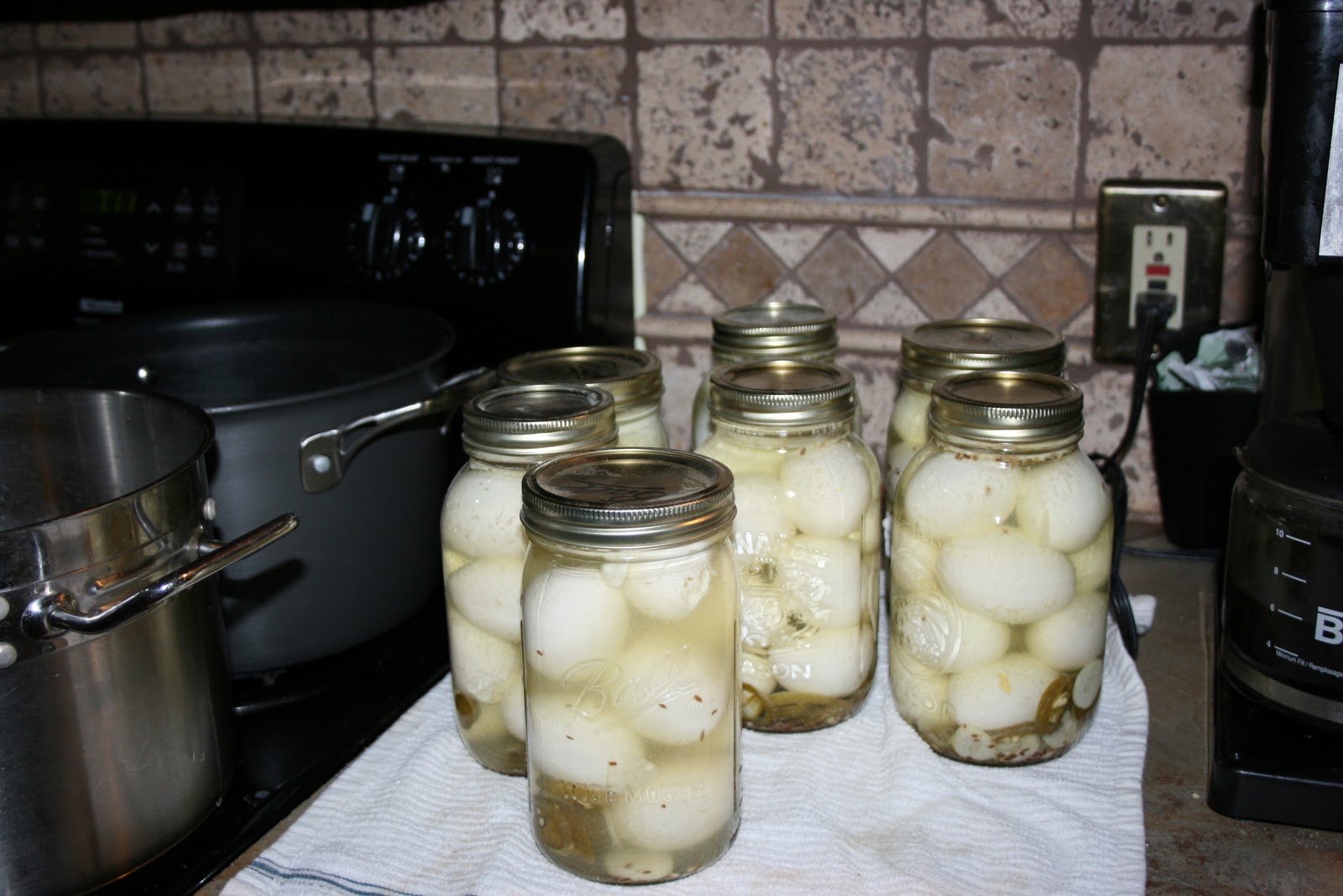
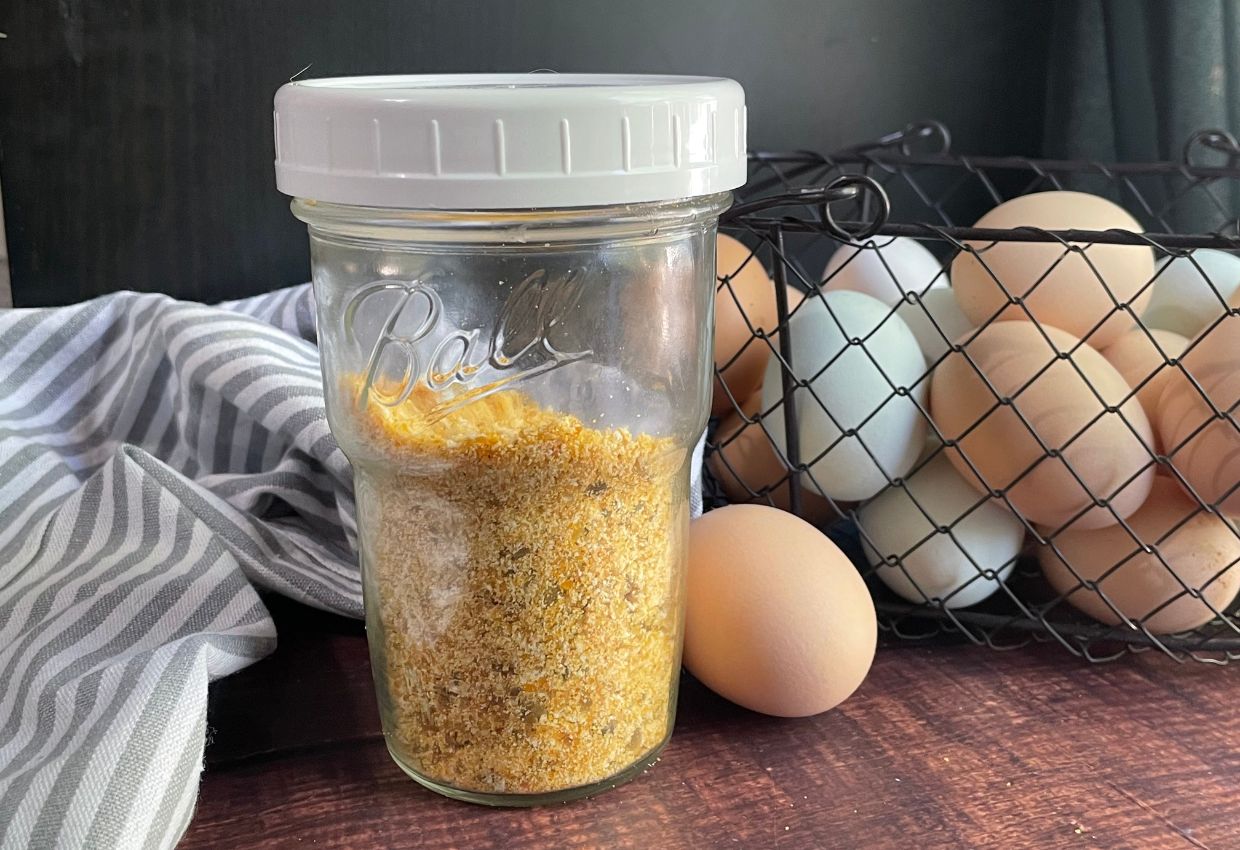
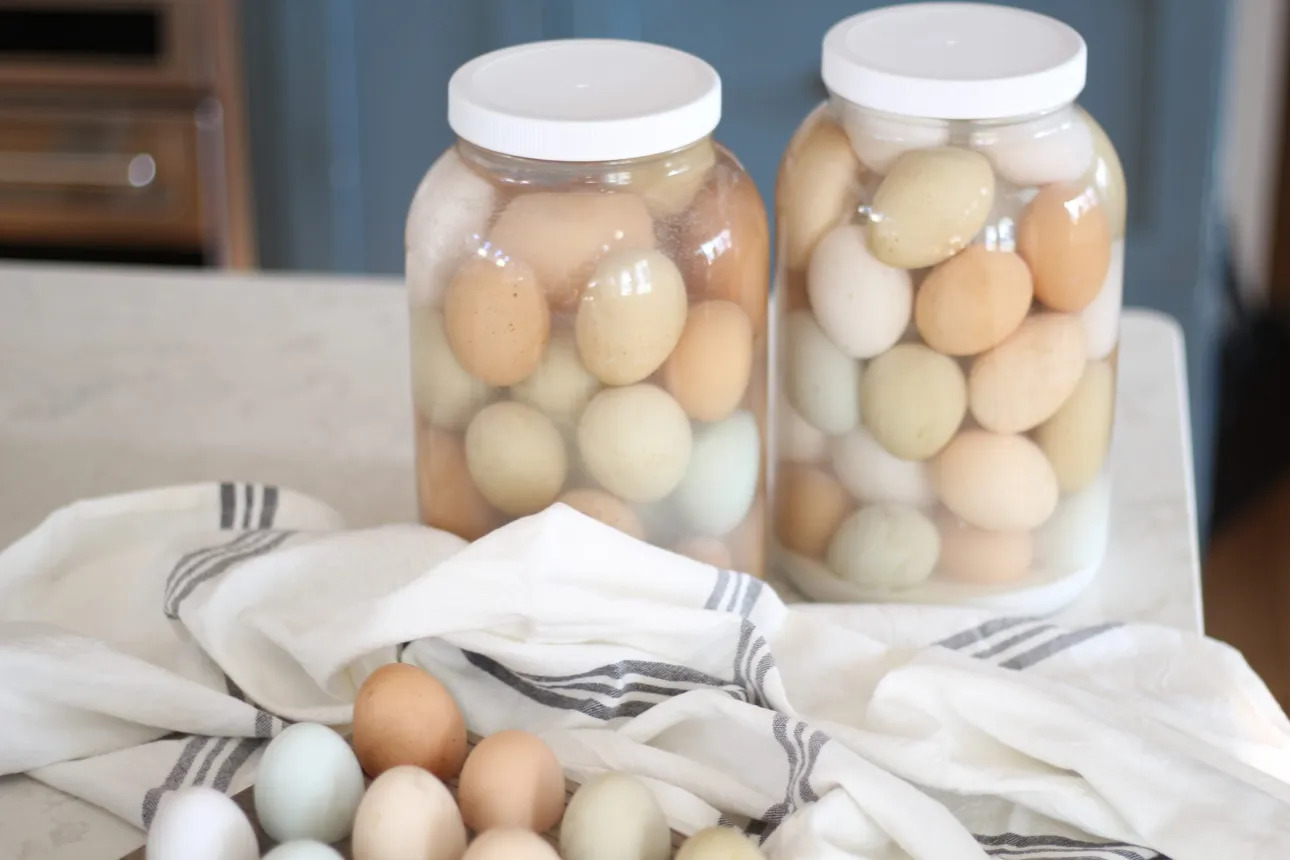

0 thoughts on “How To Store Fertilized Eggs For Eating”